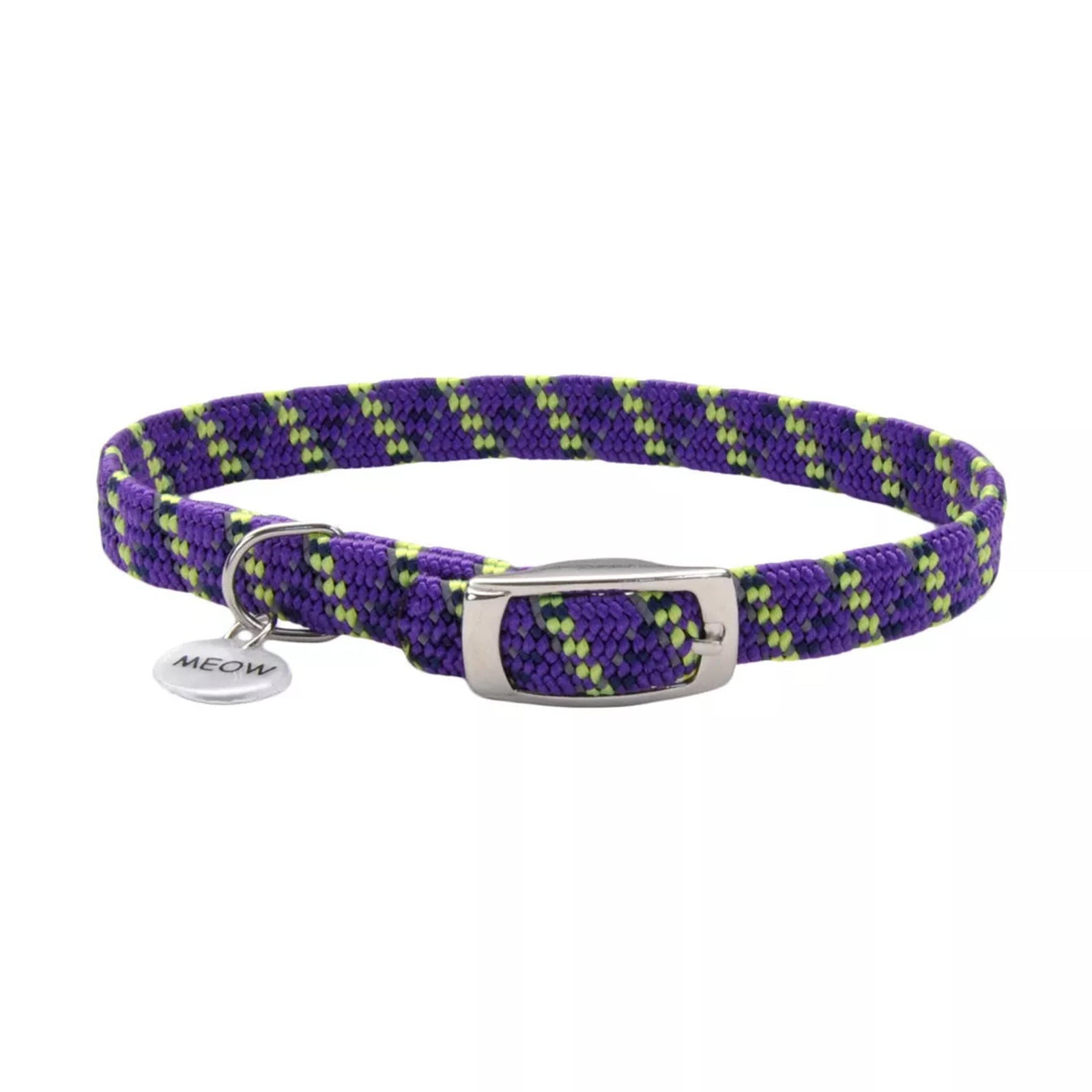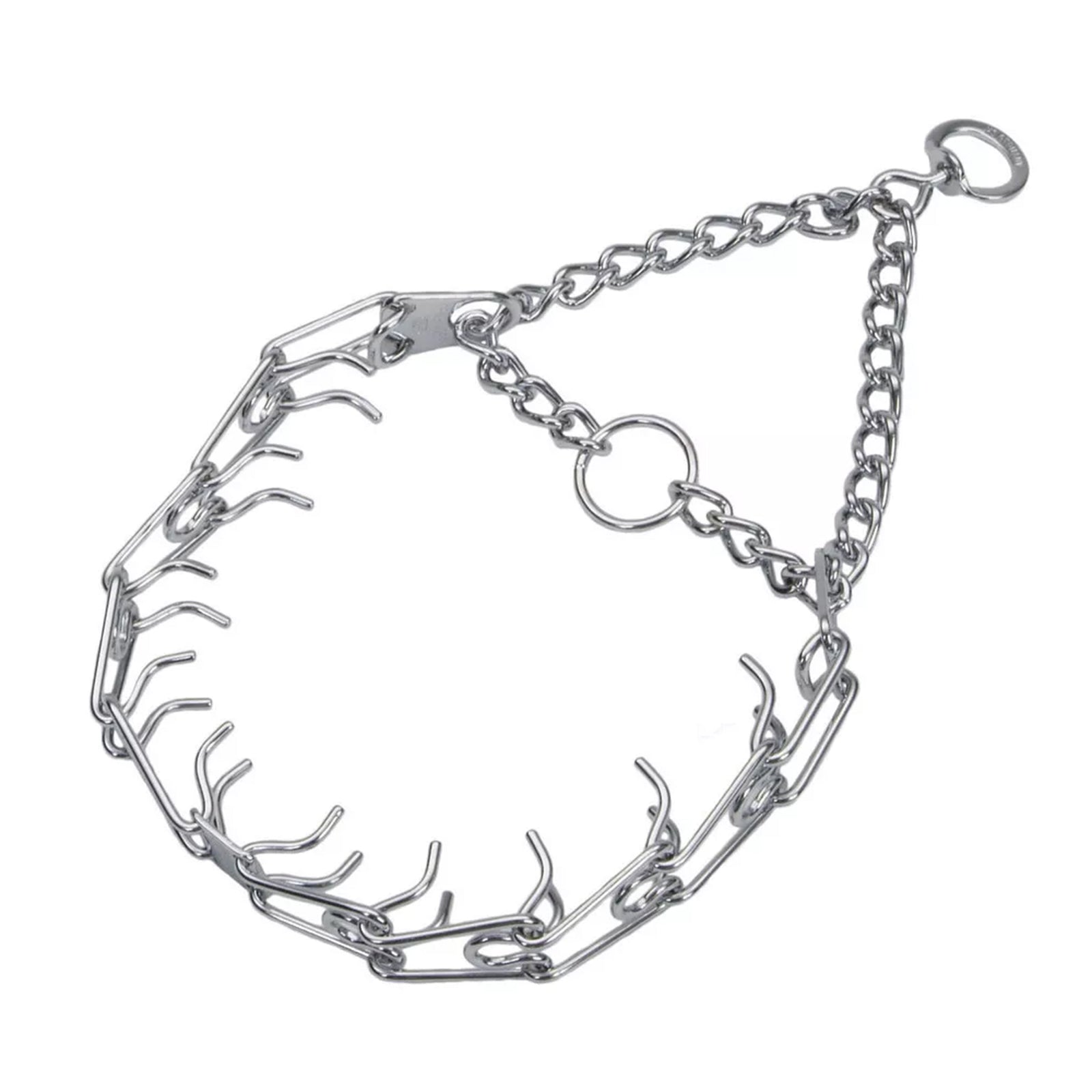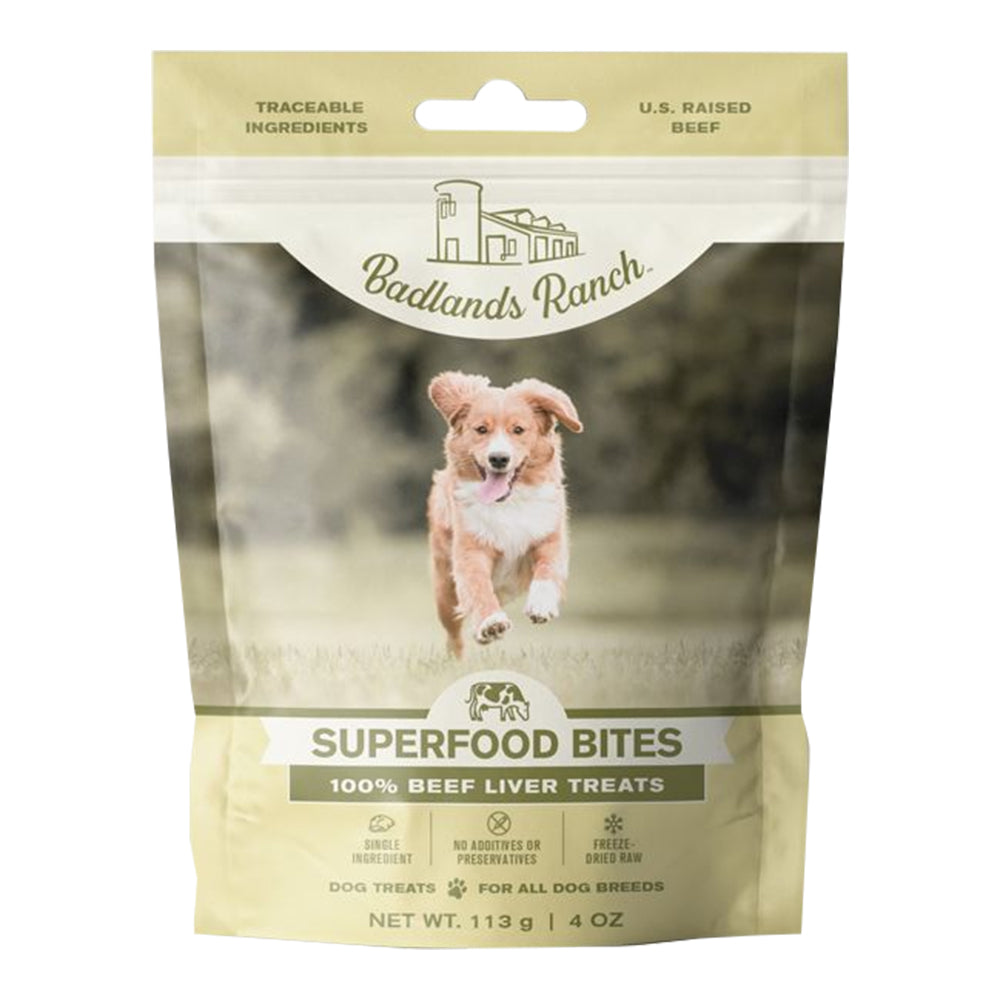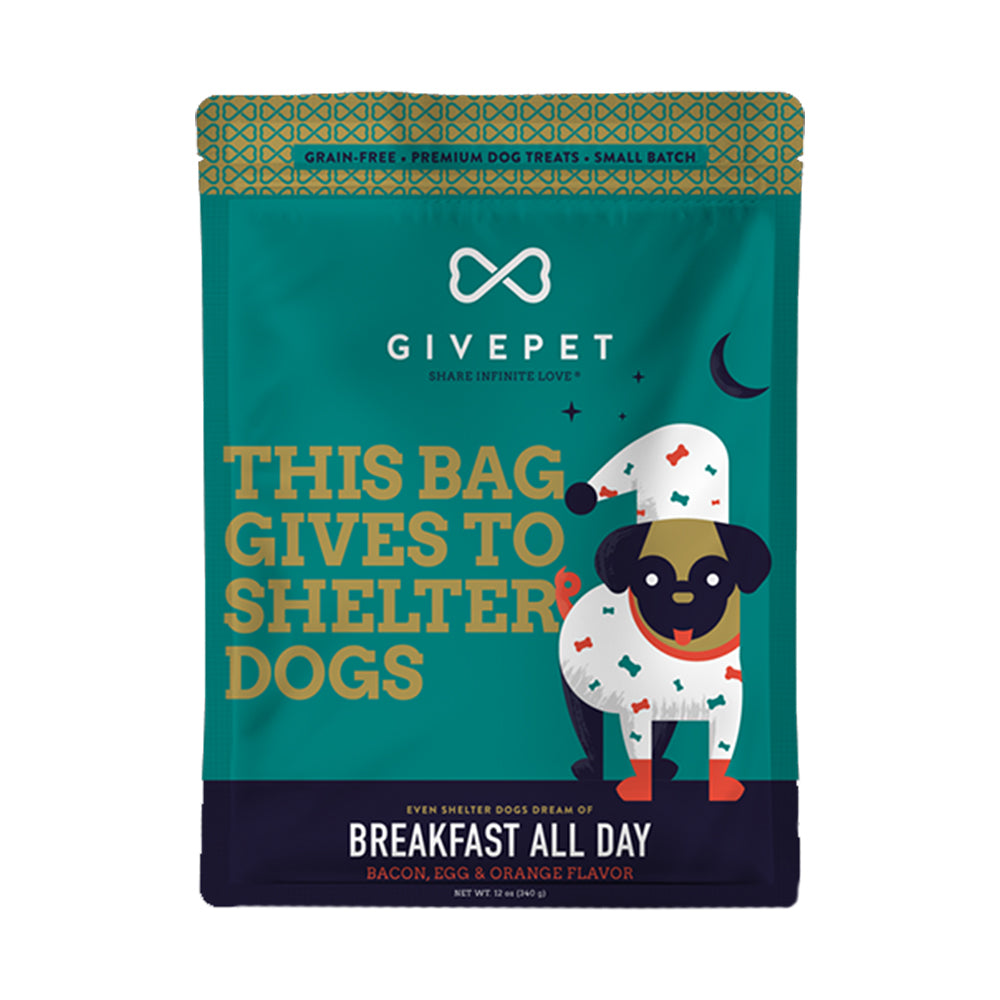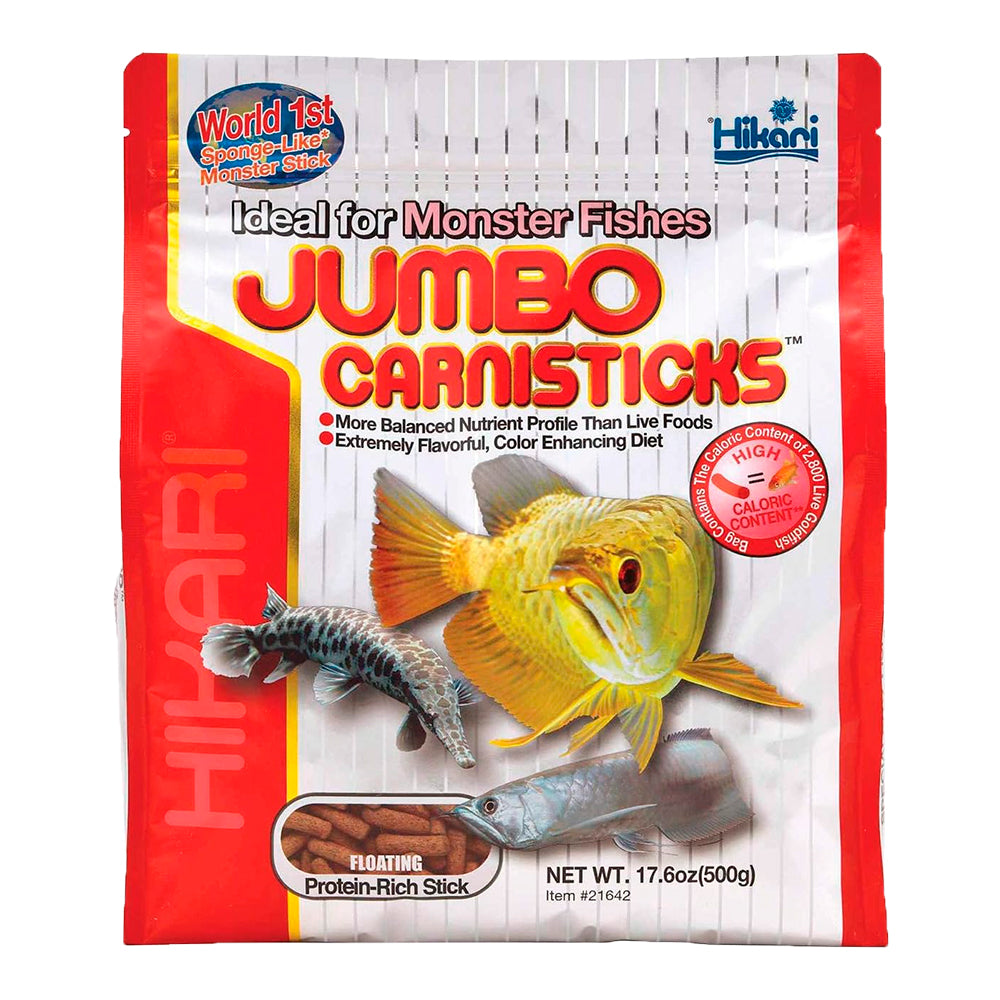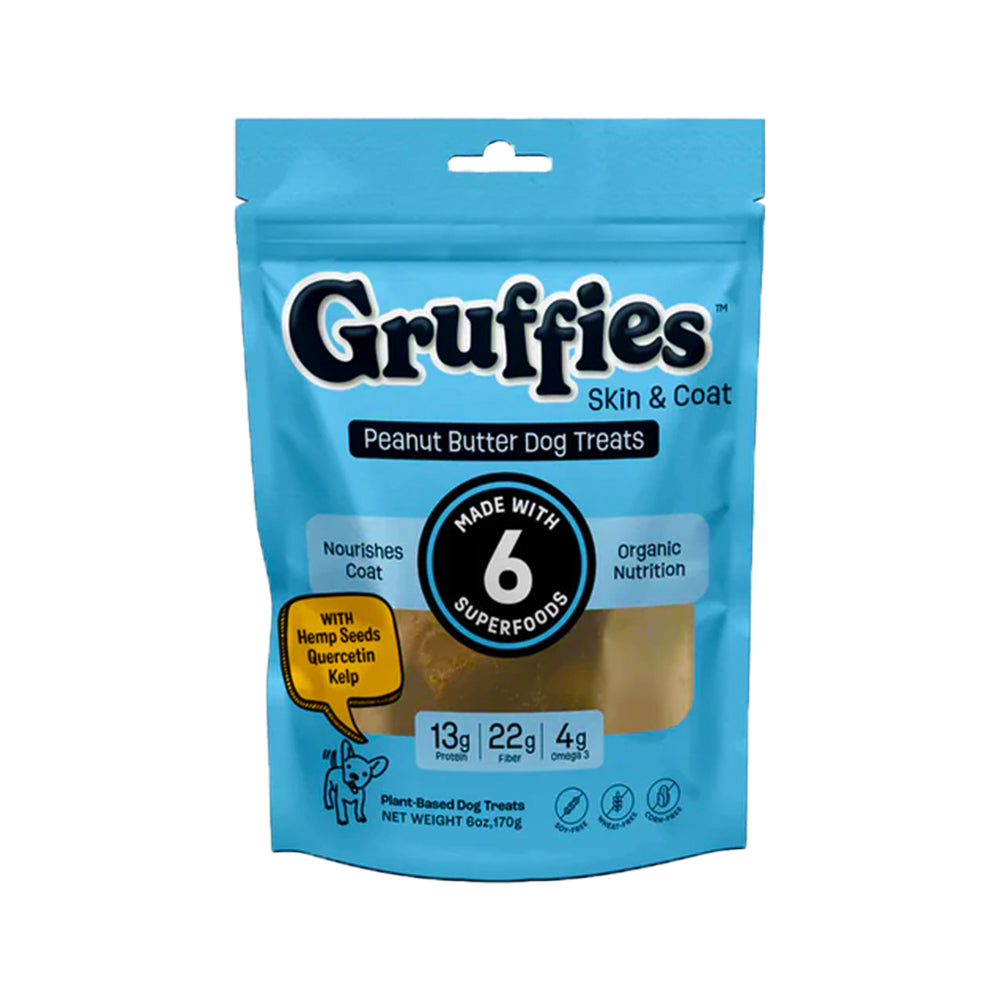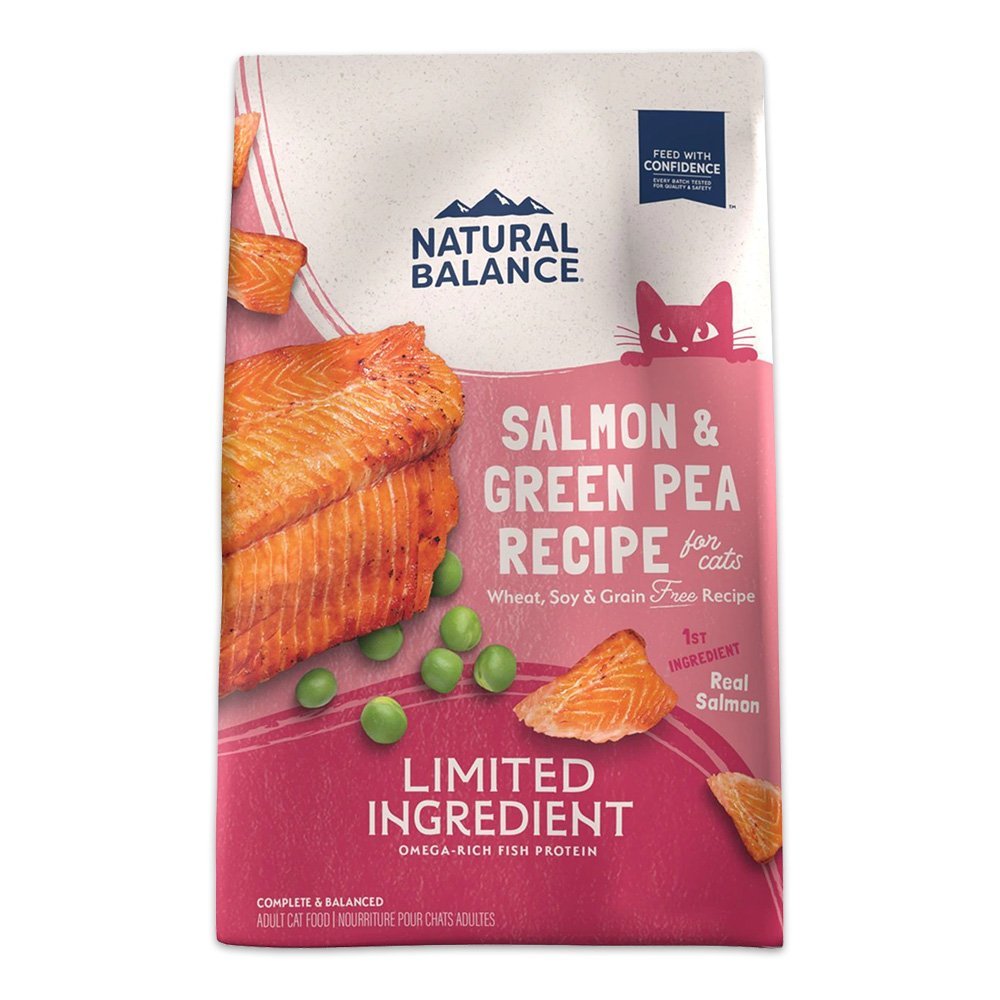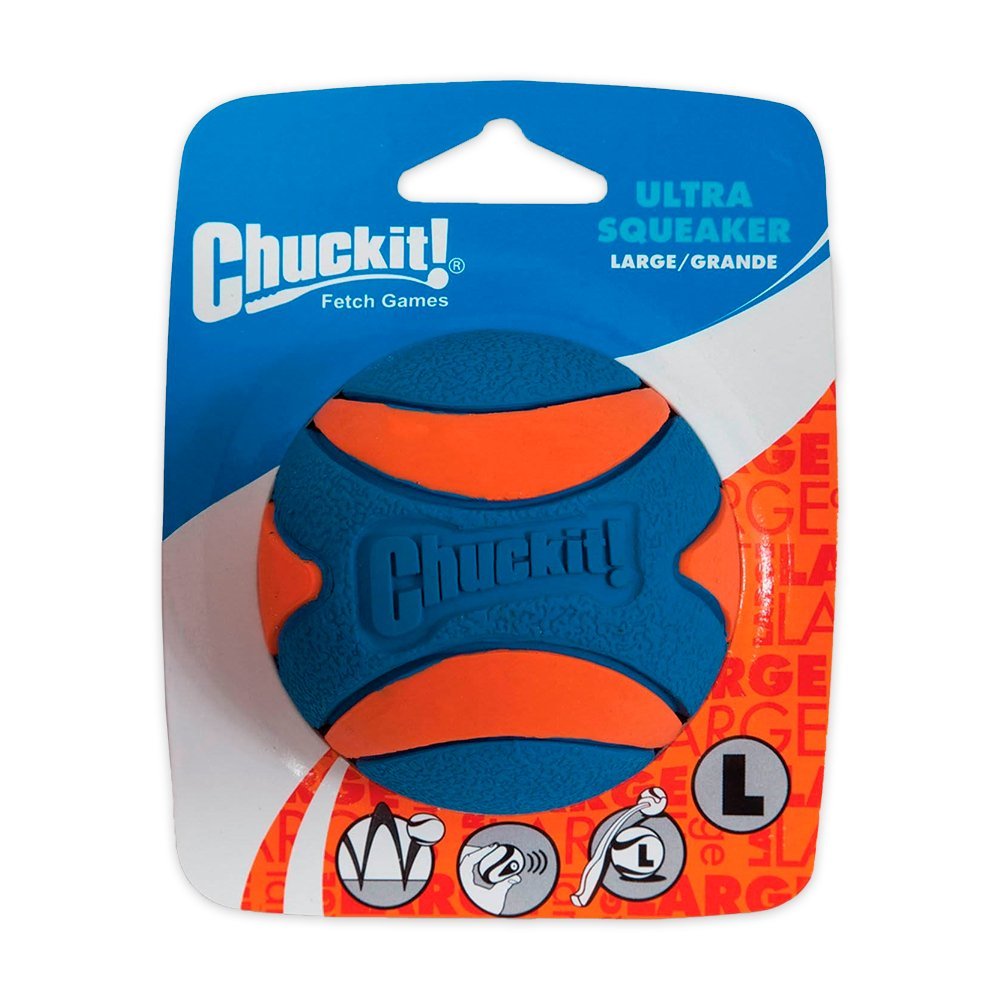Ever opened a container of dog snacks and gotten knocked with an unpleasant odor? Or noticed your pup suddenly isn’t thrilled about dinner anymore? The culprit might not be the food you are giving your pup, but how you’re maintaining its nutritional value!
One question always in your mind might be: How to Store Dog Food Right Way? Let’s find the answer
Yup, even the healthy dog food you carefully picked can lose its quality if stored wrong. Your furry bestie deserves meals that are fresh and scrumptious. So, let’s sniff out the best ways to store dog food like a pro, and keep giving them meals that can keep them healthy.
Why Proper Dog Food Storage Is Essential
Think of dog food like your own groceries. You wouldn’t leave a half-eaten sandwich out on the counter all week, right? The same goes for your pup’s kibble or canned chow.
When you store dog food the right way, you:
-
Prevent spoilage and extend shelf life
-
Avoid contamination from pests or bacteria
-
Retain nutritional value, especially in dry food
-
Keep food smelling and tasting great—because dogs care, too!
Bad storage = bad food = unhappy belly. And who wants that for their best buddy, right?
Does Dog Food Expire?
Understanding Dog Food Shelf Life
Yes, dog food does expire—even the good stuff. Just because it’s dry or canned doesn’t mean it’ll last forever. Expired dog food can lose nutrients, taste weird, or harm your pet with potential health risks.
An expiration or "best by" date printed somewhere on the label is always mentioned on the packet. You must always check that.
How Long Does Dry and Wet Dog Food Typically Last
Let’s break it down:
-
Dry Dog Food (Kibble)
-
Unopened: 12–18 months
-
Opened: Best used within 4–6 weeks
-
Wet Dog Food (Canned)
-
Unopened: 2–5 years (yep!)
-
Opened: Use within 2–3 days (store in fridge)
Even the healthy dry dog food brands will go bad if you let it sit around too long.
How to Store Dry Dog Food
Keep It in the Original Packaging
Don’t shift the food from the original bag! Dog food bags are specially made to keep the goodness of food intact.
Pro tip: Place the entire bag inside the container instead of pouring the food in. This adds double protection and keeps the expiration date handy.
Use Airtight Dog Food Storage Containers
A sturdy airtight container made specifically for pet food is a must-have. These containers are so amazing for storing all the goodness.
-
Blocks bugs and rodents
-
Prevents that stale smell that screams “stay away” to your dog
Clear containers are great because you can easily see when you’re running low. Just don’t forget to clean them—more on that below.
Store in a Cool, Dry Place
Heat, humidity, and light do not go together with freshness. The best spots to store healthy dry dog food are:
-
Pantry
-
Kitchen cabinet
-
A cool corner in your laundry room or basement
Avoid garages or outdoor sheds—they get too hot or too cold and invite unwanted critters. Not exactly ideal for your dog's daily care routine.
Keep Your Dog Food Container Clean
Bacteria + leftover crumbs = a recipe for disaster. Make it a habit to:
-
Wash the container before loading it with new food
-
Let it dry completely before adding new food
-
Never “top off” old food—finish or toss it
Think of it like this: You wouldn’t refill your cereal box with new cereal without cleaning out the old crumbs, right?

How to Store Wet Dog Food
Seal and Refrigerate After Opening
Once you open cans of wet dog food, they need to go in the refrigerator ASAP. Cover the can with a plastic lid (sold in most pet aisles) or use a tight wrap of cling film or foil.
Finish it within 2–3 days for best results.
Bonus tip: Label the can with the date you opened it. It’s easy to forget otherwise!
Can You Freeze Wet Dog Food?
Absolutely! If your pup eats small portions, freezing wet food can help prevent waste. Just:
-
Take out single servings into ice cube trays
- Freeze, then transfer to a zip-top freezer bag
How to Store Dog Food in a Fresh Way for Longer
Besides airtight containers and cool storage, here are a few tricks to stretch the lifespan of your dog food:
-
Buy smaller bags: Especially if you have a small dog, a 30-lb bag might go stale before you use it all
-
Rotate stock: Try the “first in, first out” technique for less spoilage
-
Say no to touching food with bare hands: This step avoids introducing oils and bacteria
-
Don’t mix old and new food: It may sound frugal, but it can contaminate the new batch
With these little habits, your pup’s food stays delicious and nutritious longer.
Best Dog Food Storage Products to Use
Wanna upgrade your storage game? Check out these top-rated favorites that pet parents swear by:
-
Gamma Vittles Vault Junior Compact Pet Food Container
-
Air-tight, patented sealing system that keeps freshness intact, made from BPA-free, food-grade plastic.
-
Lixit Dog Treat Jar Container
-
Come with airtight seals, wide-mouth design allows for easy access, and BPA-free material ensures safety.
-
Bergan Wall-Mounted Food Dispenser
-
Perfect for bulk storage, features a wide opening for easy pouring and a spout designed for controlled dispensing.
-
Petmate Replendish Automatic Dog & Cat Gravity Feeder with Microban
-
Keep your pup’s healthy dry dog food accessible and fresh throughout the day.
Investing in good storage equals fewer wasteful toss-outs and better overall dog daily care.
Conclusion
So, now you know all about how to store dog food properly. Remember, your storage game makes all the difference in your pup’s health conditions and saves a lot of money.
Next time someone asks, “How can I keep my dog’s food intact?” or “What is the best brand of dog food?” you’ll have the answers.
Now, go grab some Best Puppy Treats, pat your pup on the head, and feed them nutritionally.





